
Age and other factors figure into the choice among SAVR, TAVR, Ross, Ozaki and more

Optimally timed valve replacement depends on an expert approach to nuanced presentations

Aortic valve replacement is best option for lowering mortality in this high-risk population
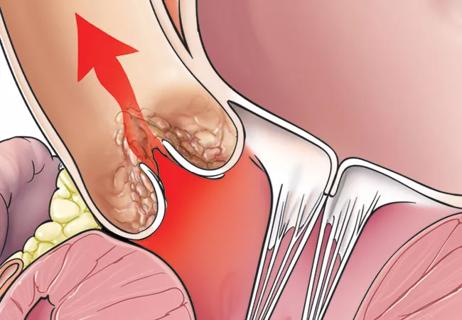
Large longitudinal study supports earlier intervention over clinical surveillance
Advertisement
Cleveland Clinic is a non-profit academic medical center. Advertising on our site helps support our mission. We do not endorse non-Cleveland Clinic products or services. Policy
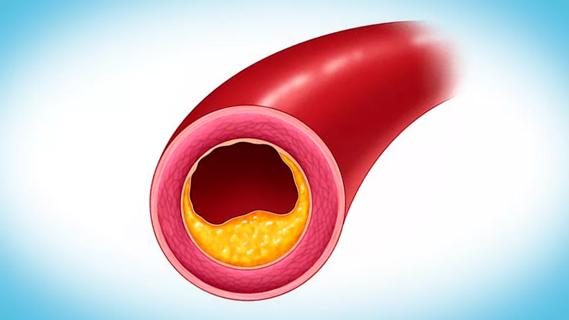
Support for a TAVR-first approach in patients with concurrent valve and coronary disease

Five-year data demonstrate convergence of outcomes from years 1 to 5
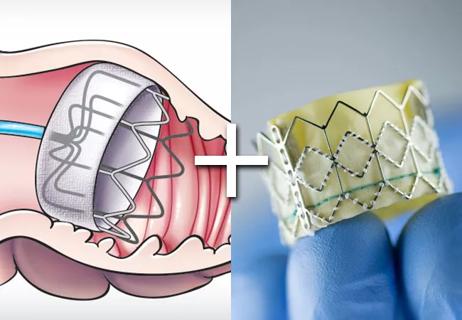
Randomized WATCH-TAVR trial confirms safety of the combined procedures
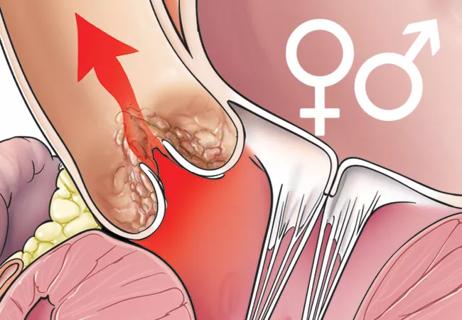
Differences in pace of hemodynamic change signal need for sex-specific management
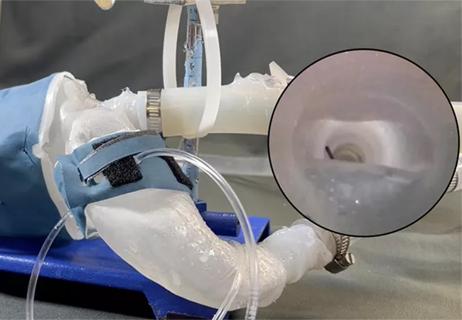
Potential benefits include clinical guidance, TAVR outcome prediction, device testing

Sophisticated in vivo modeling can enhance device development and therapy testing
Advertisement
Advertisement